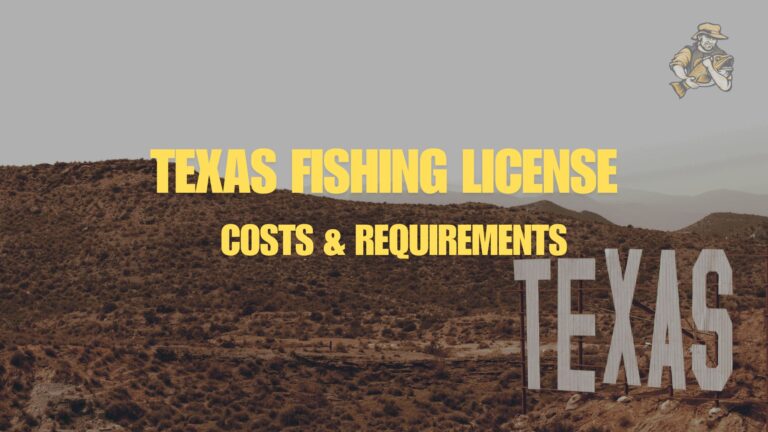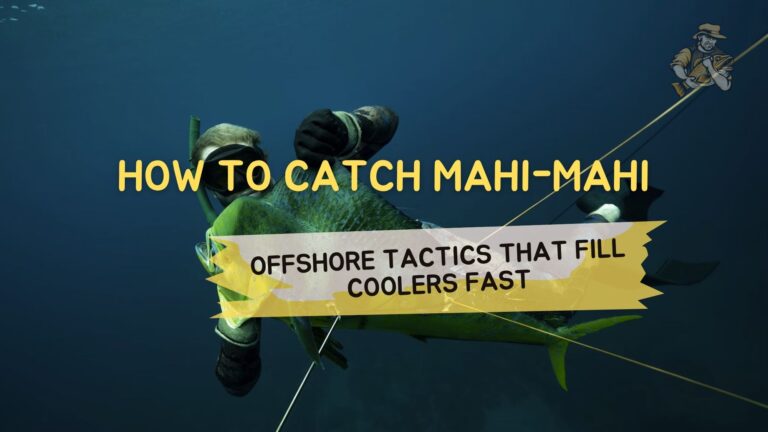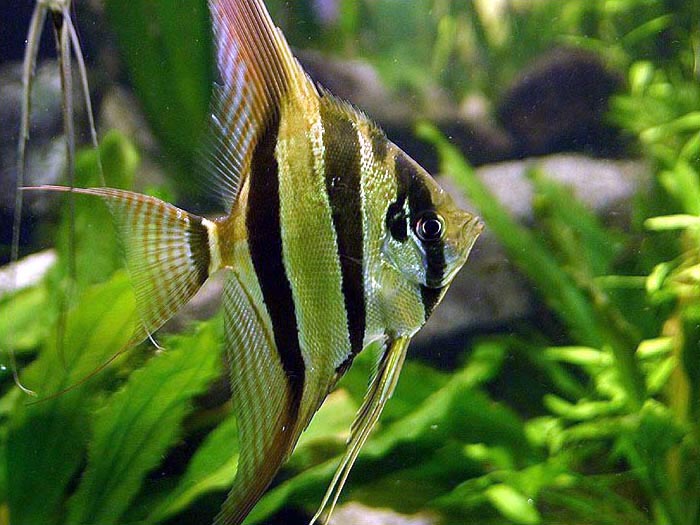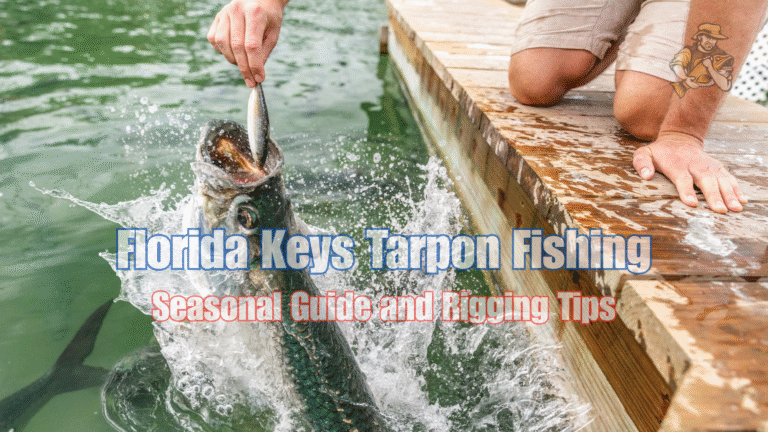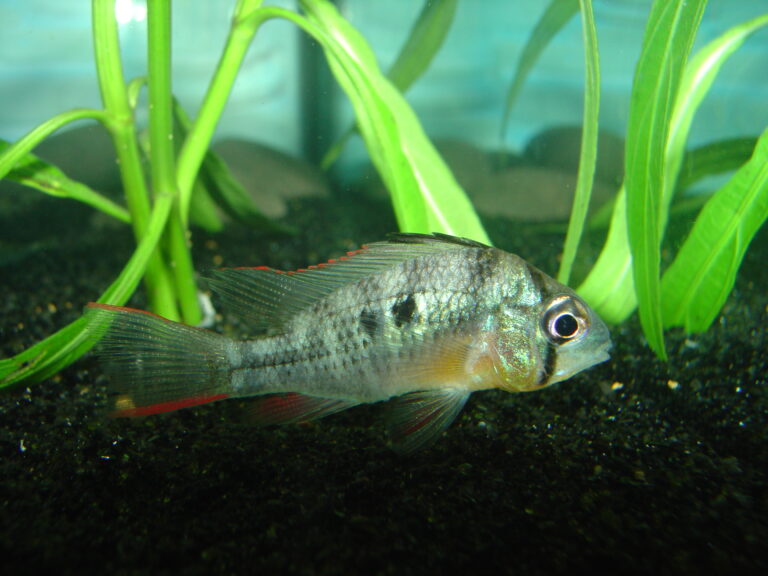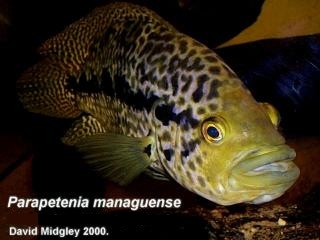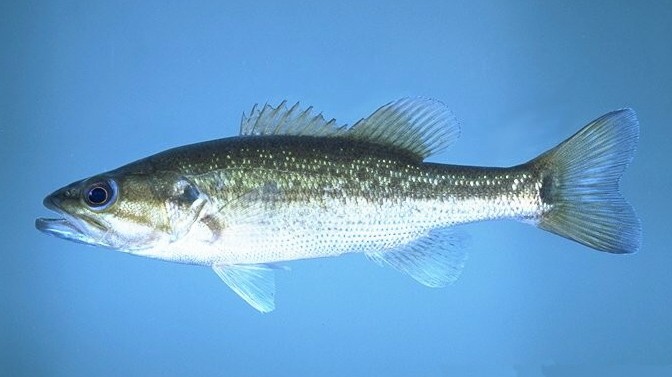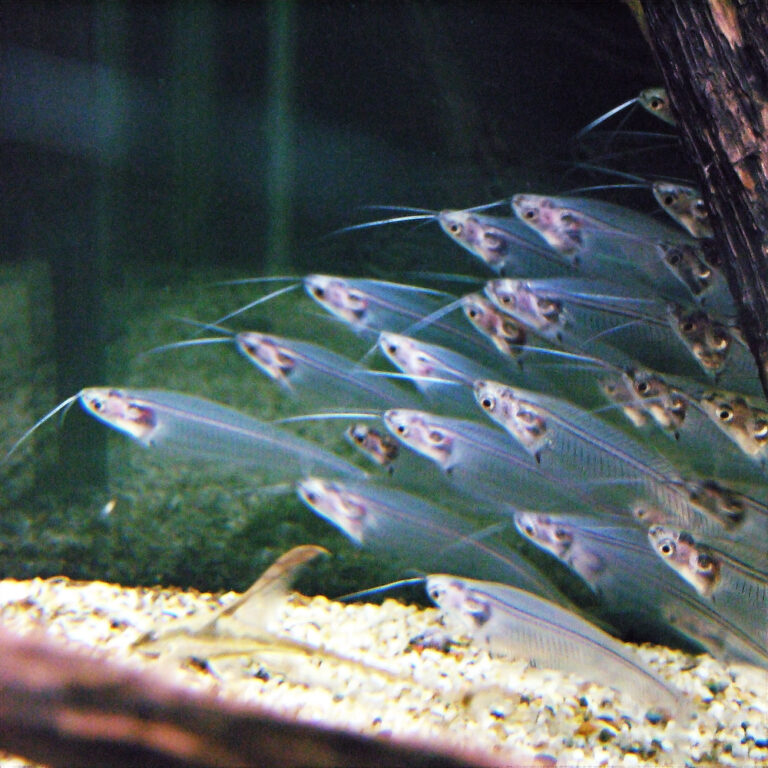Shore Fishing for Beginners: 5 Odd Techniques That Actually Work
By Adam Hawthorne | Last Modified: May 14, 2025
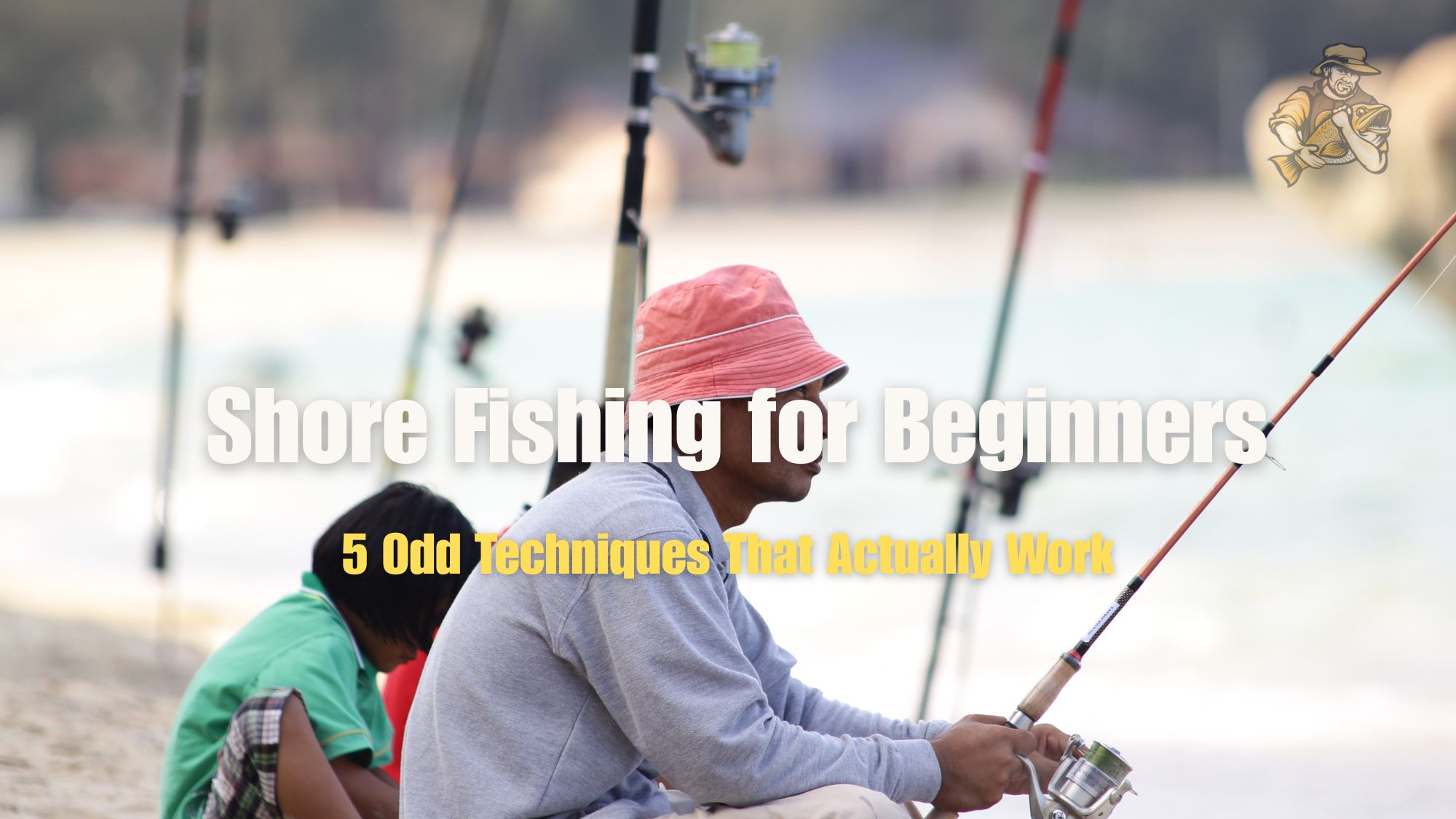
I’ve spent more mornings than I can count standing on the shores of Michigan lakes watching boats drift by, their occupants giving me that slightly pitying look. You know the one – “Poor guy doesn’t have a boat.” What those boaters don’t realize is that some of my best catches have come while my feet were planted firmly on terra firma.
Shore fishing gets a bad rap. Most new anglers assume you need a fancy boat to catch anything worthwhile, but after 30+ years of casting from coastlines, riverbanks, and lakeshores, I can tell you that’s flat-out wrong. Some of my most productive fishing days have happened within casting distance of my truck.
Last October, I was shore fishing at a small public access point on Lake Leelanau when a guy in a $60,000 bass boat motored by. He slowed down, probably to avoid throwing a wake at me, and called out “Any luck?” I held up a 4.5-pound smallmouth I’d caught 20 minutes earlier. His expression was priceless – he’d been skunked all morning despite all that technology.
Shore Fishing Fundamentals: What Most Beginners Get Wrong
Before diving into techniques, let’s address some common misconceptions. Most new shore anglers make the same mistakes I did when I started:
- Casting too far (the fish are often closer than you think)
- Staying in one spot too long (mobility is your advantage)
- Being too visible to the fish (shoreline silhouettes spook fish)
- Using the wrong gear for bank fishing (more on this below)
- Ignoring nearby structure in favor of “deep water”
Shore fishing is a completely different game than boat fishing. While boat anglers can move to the fish, shore anglers need to find locations where fish naturally come to them, or use techniques that bring fish within casting range.
I spent my first few years shore fishing casting as far as humanly possible, thinking the “good fish” were way out there. Turns out I was casting right over the heads of feeding fish that were often just 10-15 feet from shore. When my son Tommy first started fishing with me, his shorter casts consistently outperformed my long bombs because he was hitting the zone where fish actually were.
The Right Gear Makes Shore Fishing Much Easier
Before getting into specific techniques, let’s talk gear. The right equipment makes shore fishing significantly more productive:
- Rod Length: Longer is generally better for shore fishing. My go-to is a 7’6″ medium-heavy spinning rod that gives me extra casting distance when needed, but I also carry a shorter 6’6″ rod for fishing tight spots or when accuracy matters more than distance.
- Footwear: Never underestimate good fishing boots. After soaking a new pair of sneakers during a spring shore fishing trip along the Boardman River, I invested in some waterproof boots. They’ve saved me countless times when I needed to wade in slightly to reach a prime spot or retrieve a lure.
- Tackle Storage: Since mobility is crucial, I’ve found a fishing vest or small backpack works better than a traditional tackle box. My fishing buddy Dave swears by his sling pack, but I prefer my old Gander Mountain vest with all the pockets. Either way, staying mobile is key.
- Specialized Tools: A telescoping landing net with an extendable handle has saved more big fish than I can count. Shore anglers often lose fish in those final moments trying to hand-land them or beach them. Landing nets specifically designed for shore fishing have longer handles and collapse for easy carrying.
- Line Choice: I typically spool with slightly heavier line than I would for boat fishing, usually 10-12 pound fluorocarbon for most applications. Shore fishing often means dealing with more snags and shoreline cover, so the extra strength helps.
5 Unusual Shore Fishing Techniques That Actually Work
Now let’s get to the good stuff – these five techniques have consistently produced fish for me when standard approaches failed. Some might seem strange at first, but they’re based on decades of trial and error (mostly error, if I’m being honest).
1. The “Parallel Shore” Technique
Most shore anglers cast straight out into the lake or river. Instead, try casting parallel to the shoreline, retrieving your lure along the length of the bank. This keeps your bait in the productive zone (often just 5-15 feet from shore) for the entire retrieve.
I discovered this accidentally about 15 years ago while fishing with my brother-in-law at Higgins Lake. He was catching fish consistently while I got skunked, despite using identical lures. The difference? He was casting along the shoreline rather than straight out. This works because fish often cruise along depth contours parallel to the shore.
How to do it right:
- Position yourself at one end of the area you want to fish
- Cast parallel to the shore, as close to the bank as possible without snagging
- Retrieve along the shoreline, keeping the lure in the same depth zone
- Work progressively further out with each cast to cover different depth zones
This technique absolutely shines during early summer when bass patrol the shallows or in the fall when predatory fish ambush baitfish along shorelines. My neighbor Mark consistently outfishes me when we hit the local reservoirs because he’s religious about this approach.
2. The “Fake Wade” Method
This peculiar technique has bailed me out countless times, especially on pressured lakes where fish are wary of shoreline anglers. The idea is simple but effective: make fish think you’re a wader, not an angler.
Fish quickly learn to associate people standing on banks with danger, but they’re often less concerned with someone wading (perhaps because waders are usually focused downstream in moving water). By mimicking wading behavior, you can reduce fish wariness.
How I do this:
- Enter the water just enough to get your boots wet (or even just step to the water’s edge)
- Make obvious movements, splashing slightly as if you’re moving through the shallows
- Once you’ve created this disturbance, move 10-15 feet down the bank without casting
- Now fish the area you just “waded through” – fish often return quickly, expecting food stirred up by the wader
This technique works astonishingly well for species like carp, catfish and even bass that often look for food stirred up by wading birds or mammals. Last August, I was getting completely skunked on a small lake near Traverse City until I tried this approach. Within 15 minutes of “fake wading,” I landed three nice smallmouth that had moved in to investigate the disturbance.
I’m not claiming to understand the fish psychology behind why this works – maybe they think you’re stirring up crayfish or insect larvae – but I’ve seen it work too many times to dismiss it.
3. The “Countdown Bank Crash” Technique
This technique is all about creating controlled chaos right against the bank, and it works particularly well for aggressive species like bass, pike, and even big panfish. It’s also one of the oddest-looking techniques, so be prepared for strange looks from passing anglers.
The concept is to crash a lure hard against the bank, then let it fall naturally into the water, mimicking an animal that fell in. Think frogs, mice, or even insects that tumble from overhanging vegetation.
Here’s the approach:
- Find a steep or undercut bank with some depth right against the shore
- Cast your lure (soft plastics or jigs work best) so it actually hits the dirt/mud of the bank
- Let it fall naturally into the water without additional movement
- Count down 5-10 seconds as it sinks (varies based on water depth)
- Begin a very slow retrieve with occasional twitches
I discovered this by accident about 20 years ago when I made a terrible cast that smacked the mud bank. As I was cursing my poor accuracy, a nice largemouth crushed the lure as it fell off the bank into the water. Since then, it’s become one of my go-to techniques for fishing unfamiliar banks.
My buddy Chris from the Traverse City bass club thinks I’m absolutely nuts when I purposely cast into the dirt, but he’s gradually coming around after seeing it work. This approach is particularly effective on lakes with lots of natural shoreline (as opposed to seawalls or riprap).
4. The “Fake Sunbather” Approach
This technique requires more patience than the others, but it’s devastatingly effective for skittish fish in clear, shallow water. I use this extensively for sight fishing during spawning seasons or in ultra-clear lakes where fish can see you from a distance.
The principle is simple: fish are far less wary of stationary objects than moving ones. By essentially becoming part of the landscape, you can fish areas that would normally be impossible to approach.
How to do it:
- Identify a promising spot with visible fish or likely holding areas
- Instead of walking right up to the edge, lay or sit down on the bank about 10-15 feet back
- Remain completely still for at least 5 minutes (yes, actually time it)
- Make minimal, slow movements when you finally do cast
- Avoid creating a silhouette against the sky from the fish’s perspective
My wife Lisa thinks I’m completely insane when I lay down on the bank for minutes at a time, but the results speak for themselves. During the crappie spawn last spring, I caught over a dozen slab-sized fish from a community pond that sees heavy pressure, simply because I was willing to look ridiculous and be patient.
The key is genuinely becoming part of the background before you start fishing. If you rush this technique, it won’t work. I sometimes bring a small camping pad to make lying on rocky or damp ground more comfortable. Yeah, I get some weird looks, but when people see me catching fish in “fished-out” areas, they get curious pretty quick.
5. The “Micro-Jigging” Technique
While vertical jigging is a standard fishing technique, this shore-based variation is quite different and routinely outperforms conventional approaches for panfish and even bass in the right conditions.
Most shore anglers focus on horizontal presentations, but in many cases, fish relate more to vertical prey movements, especially in clearer waters. This technique works by creating an ultra-subtle presentation that’s nearly impossible to achieve with standard casting and retrieving.
The approach:
- Use an ultra-light rod with 4-6 pound test line
- Tie on the smallest jig you can effectively cast (I use 1/32 oz or smaller)
- Find a slightly elevated position on the bank if possible
- Cast to your target area and let the jig sink completely
- Instead of retrieving, use only your rod tip to impart tiny, almost imperceptible movements to the jig
- Maintain a nearly vertical line position despite fishing horizontally
The magic of this technique is in the minimal movement – most anglers overwork their lures. When I taught my daughter Emma this technique last summer at our local park pond, she outfished me 3-to-1 simply because her movements were naturally more subtle than mine.
Where this really shines is on heavily-pressured public waters where fish have seen every standard retrieve imaginable. I used this last fall at a small township lake near my home that gets pounded by anglers all summer. While others were going home empty-handed, I managed to catch over a dozen nice crappies by employing this micro-movement approach.
The key is fighting your instinct to “do something” with the lure. Less is truly more with this technique, and it often triggers bites when nothing else will.
How to Find Prime Shore Fishing Locations
Finding the right shore fishing spot is often more important than your technique or gear. I’ve learned to look for these key features:
- Points and peninsulas that extend into deeper water
- Creek inlets where flowing water brings food
- Fallen trees or submerged brush (especially when partly visible)
- Transitions between different bottom types (sand to rock, for example)
- Dock areas with public access points
- Undercut banks which provide overhead cover for fish
One of my most productive shore fishing spots is a small, easily overlooked point at the north end of Lake Leelanau where there’s a subtle creek inlet most people completely miss. It doesn’t look special, but that single spot has produced more bass for me than entire lakes in the area. Finding these “hidden in plain sight” locations takes time and observation.
The Michigan DNR has actually created some excellent shore fishing access maps for popular lakes that highlight productive areas. I was skeptical when they first released these, figuring they’d just mark obvious locations, but they actually contain some gems based on scientific fish surveys.
Timing Matters More Than You Think
Shore fishing success is heavily dependent on timing – both seasonally and daily. Since you can’t easily move to find fish (unlike with a boat), you need the fish to come to you.
Late spring and early summer tend to be prime shore fishing seasons as many species move shallow to spawn. Fall can be spectacular too, as predatory fish gorge themselves before winter.
Daily timing is equally important:
- Early morning (first 2 hours after sunrise) is typically best for most species
- Evening (last 2 hours before sunset) creates another prime window
- Overcast days often extend these prime times throughout the day
- After rain can trigger feeding activity, especially near inlets or drains
I’ve found the absolute worst time for shore fishing is mid-day during bright, sunny conditions – except around heavy cover or in stained water. I learned this lesson repeatedly by being stubborn and fishing through the middle of hot summer days with minimal success.
Common Shore Fishing Mistakes to Avoid
I’ve made every mistake possible in my decades of shore fishing. Learn from my pain:
- Wearing bright clothing – Fish can absolutely see you. I once conducted an informal experiment wearing a bright red jacket one day and a muted green one the next at the same spot. The difference in catch rate was dramatic.
- Casting shadows over your target area – This is especially critical in clear water. Be aware of the sun’s position and your shadow. I’ve completely blown opportunities on big pike by carelessly casting my shadow over their holding area.
- Making too much bank noise – Fish can feel vibrations through the ground. Walking heavily, dropping tackle, or even talking loudly can spook nearby fish. My son Tommy naturally walks more quietly than I do, and I’m convinced that’s part of why he sometimes outfishes me from shore.
- Starting with your best spot – This seems counterintuitive, but beginning at your known “honey hole” often means you disturb other good areas walking to it. I start at the furthest point and work back to known productive areas, which prevents spooking fish before I get to prime spots.
- Bringing too much gear – Mobility is your friend in shore fishing. I used to lug a massive tackle box that limited how far I’d walk. Now I bring a small selection of proven lures in a compact system, which lets me cover significantly more shoreline.
Shore Fishing Etiquette – Don’t Be That Guy
A quick word on etiquette, because we’ve all encountered “that guy” on the bank. Shore fishing often means sharing limited accessible space with other anglers. Some principles I try to follow:
- Give other anglers adequate space (at least 30-50 feet if possible)
- If someone is already fishing a prime spot, find another or politely ask if you can join them
- Don’t crowd someone who was there first
- Keep your music, conversations, and other noise to a reasonable level
- Pack out all trash, including line and lure packaging
I once had a group set up literally 10 feet away from me on a 300-yard stretch of open shoreline at Boardman Lake. They were completely oblivious to proper spacing, and it effectively ruined that spot for both of us. Don’t be those people.
Species-Specific Shore Fishing Approaches
Different fish require different approaches from shore. Here are some quick tips for common target species:
Bass
Bass cruise predictable paths along shorelines. Focus on any available cover – fallen trees, dock pilings, or weed edges. My most consistent shore lure for bass is a weedless-rigged soft plastic crawfish dragged painfully slowly along the bottom near cover.
Panfish (Bluegill, Crappie, Perch)
Look for shallow bays with some vegetation. A simple slip bobber rig with a small jig or live bait is deadly. I’ve caught huge crappie by focusing on submerged brush piles visible from shore using the micro-jigging technique described earlier.
Pike and Muskie
These predators love ambush points – focus on weed edges, points, and inlets. Large spinnerbaits and swimbaits work well. My personal best shore-caught pike (42 inches) came from casting a 6-inch jointed Rapala parallel to a weed edge on Higgins Lake.
Catfish
Shore fishing actually favors catfish anglers. Use smelly baits (cut bait, chicken liver, or stinkbaits) near deeper holes, especially around creek mouths or river bends. My buddy Dave consistently catches 10+ pound channel cats from shore using homemade stinkbait that smells so bad I refuse to let him store it in my truck.
Carp
Often overlooked but incredibly fun from shore. Look for muddy flats and use corn, boilies, or doughbaits. I once had a 20+ pound carp nearly pull me into Grand Traverse Bay because I wasn’t prepared for the strike while shore fishing with corn.
Trout and Salmon
Focus on river mouths, piers, and breakwalls during spawning runs. Great shore opportunities exist during seasonal migrations. The piers at Frankfort, Michigan have produced some magnificent brown trout for me during fall migrations using simple spawn sacs.
Best Shore Fishing Lures (That Nobody Talks About)
While there are endless lure options, these five have consistently produced for me from shore when others fail:
- 1/8 oz hair jigs – These ancient lures still outperform modern options in many scenarios. Their subtle action is perfect for shore fishing where fish might be spooky.
- Wacky-rigged 4″ straight-tail worms – The erratic fall drives bass crazy, and they work in surprisingly shallow water. My confidence color is green pumpkin, but black with blue flake has outperformed on certain lakes.
- Small lipless crankbaits (1/8 – 1/4 oz) – These can be worked at various depths and their vibration calls fish from a distance. Perfect for covering water from a fixed position.
- Ned rigs with 2.75″ soft plastics – These unassuming lures are absolute fish catchers from shore, especially on pressured waters. I was resistant to this finesse approach for years until my fishing buddy Bob demonstrated their effectiveness on our local lake.
- In-line spinners with bucktail dressing – More versatile than standard spinner options, these attract everything from trout to pike. I’ve found the ones with actual hair (not synthetic) consistently outperform others, though they’re harder to find these days.
You won’t find fancy packaging or heavy marketing behind many of these options, but they produce consistently from shore. When choosing shore fishing lures, I prioritize versatility and snag-resistance over specialty options.
Special Considerations for Shore Fishing Different Waters
Shore fishing techniques vary significantly depending on the water type. Here are some specific approaches for different environments:
Lakes and Ponds
Focus on points, inlets, and shoreline cover. Morning and evening are typically best. The parallel shore technique shines here, especially around visible structure.
Rivers and Streams
Look for eddies, seams between fast and slow water, and deeper pools. Facing upstream often allows more natural presentations. My uncle Mike taught me to look for “soft water” behind large rocks where fish rest – this has been a game-changer for my river fishing.
Great Lakes Shorelines
Breakwalls, piers, and river mouths offer prime access. Seasonal migrations create windows of opportunity. Weather patterns dramatically affect success – post-storm conditions often bring fish closer to shore.
I’ve had spectacular days fishing Lake Michigan shorelines after strong onshore winds have calmed down, as the churned-up water concentrates baitfish and predators near shore.
Small Neighborhood Ponds
Often overlooked, these can hold surprising quality, especially for bass and panfish. Dawn raids before the local traffic picks up can produce exceptional results. I’ve caught some of my largest bass from tiny suburban ponds that receive minimal pressure.
What About Night Fishing From Shore?
Night fishing deserves special mention because it can transform shore fishing success, especially during summer months. When the sun goes down, many fish move shallower, putting them within easy reach of shore anglers.
Some tips for night shore fishing:
- Arrive before dark to survey the area and set up safely
- Use lures that create vibration (rattling crankbaits, bladed jigs)
- Bring a headlamp with a red light option to preserve night vision
- Focus on contrasting colors (black/blue, black/red) rather than natural patterns
- Fish slightly larger profiles than during day
My most memorable shore fishing experience happened around 11pm on a hot July night at a small public lake near Traverse City. Using a black buzzbait, I caught and released 11 largemouth bass between 2-4 pounds in less than two hours. During daylight, I’d never caught more than one or two decent fish from that same spot.
That said, night shore fishing isn’t for everyone. My wife Lisa refuses to join these nocturnal expeditions after our encounter with a particularly bold raccoon that tried to steal our tackle bag at Arbutus Lake a few years back.
Shore Fishing With Kids – Making It Fun
I’ve spent countless hours shore fishing with my kids, Tommy and Emma. Shore fishing is actually perfect for youngsters since there are fewer safety concerns than on a boat. Some lessons I’ve learned:
- Pick spots with high activity potential over trophy potential
- Bring plenty of snacks and drinks
- Have a backup plan if fishing is slow (skipping rocks, wildlife watching)
- Let them use easier tackle even if it’s less “optimal”
- Celebrate every fish regardless of size
My daughter Emma caught “only” bluegills on her first several trips, but her excitement level would make you think they were world records. Now she’s becoming a serious angler who sometimes outfishes me, especially for panfish.
The best child-friendly shore fishing locations typically have easy access, comfortable banks for sitting, and relatively snag-free bottoms. Many county and city parks maintain fishing piers or platforms specifically designed for family fishing.
FAQs About Shore Fishing
Can you catch big fish from shore?
Absolutely. Some of my largest fish have come from shore, including a 42-inch northern pike and numerous 5+ pound bass. The misconception that “big fish are in deep water” ignores the fact that even in lakes with great depth, many large predators move shallow to feed, especially during low light periods.
What’s the best time of year for shore fishing?
Spring and fall generally offer the best overall shore fishing, with spawning activities and feeding frenzies bringing fish into shallow, accessible areas. That said, I’ve had exceptional shore fishing days in every month of the year, including through the ice in winter. Early summer mornings can be particularly productive before water temperatures peak.
Do I need expensive gear for shore fishing?
Not at all. While specialized gear can help, I caught fish for years using a $30 combo from the local department store. Focus on technique and location rather than equipment. That said, a slightly longer rod (7’+ feet) does provide advantages for shore anglers in terms of casting distance and fish control.
Is shore fishing good in the rain?
Often, yes! Light to moderate rain can trigger feeding activity and reduces fish visibility of anglers on the bank. Some of my most productive shore fishing has happened during gentle rainfall. Just be cautious about lightning and rising water levels during heavy downpours. I keep a packable rain jacket in my fishing vest year-round for unexpected showers.
What’s the biggest mistake shore anglers make?
Staying in one spot too long. Unlike boat anglers who can quickly move to new areas, shore anglers often plant themselves in a single location and hope for the best. I’ve learned to stay mobile, fishing a spot for 15-20 minutes before moving if there’s no action. This run-and-gun approach has dramatically improved my shore fishing success over the years.
Final Thoughts on Shore Fishing
Shore fishing isn’t a compromise – it’s a legitimate and often superior approach that offers advantages boat anglers miss. The mobility, simplicity, and accessibility make it perfect for beginners and veterans alike. Some of my most memorable catches have come while standing firmly on terra firma rather than bobbing on a boat.
What I love most about shore fishing is its democratic nature. You don’t need a $50,000 bass boat or even a fishing kayak – just a rod, a handful of lures, and the willingness to explore. The techniques I’ve shared come from decades of trial and error, countless empty-handed trips, and the gradual accumulation of knowledge that only comes from time on the water.
Whether you’re casting from a manicured city park or bushwhacking to reach an overgrown stretch of river, shore fishing connects you to the water in a direct, intimate way. There’s something profoundly satisfying about reading the shoreline, identifying likely holding areas, and then enticing a fish from your carefully selected position.
So next time you see someone fishing from shore while you’re cruising by in a boat, don’t assume they’re missing out. They might just know something you don’t.

Meet Adam Hawthorne
I’m a lifelong fishing enthusiast who’s spent years exploring rivers, lakes, and oceans with a rod in hand. At Fishing Titan, I share hands-on tips, honest gear reviews, and everything I’ve learned about fish and ocean life, so you can fish smarter and enjoy every cast.
Share:

Meet Adam Hawthorne
I’m a lifelong fishing enthusiast who’s spent years exploring rivers, lakes, and oceans with a rod in hand. At Fishing Titan, I share hands-on tips, honest gear reviews, and everything I’ve learned about fish and ocean life, so you can fish smarter and enjoy every cast.
Related Articles
-
Texas Fishing License Guide: 2025 Costs & Requirements
I still remember the day a Texas game warden approached me on Lake Texoma while I was reeling in a decent-sized striper. He asked for…
-
How to Catch Mahi-Mahi: Offshore Tactics That Fill Coolers Fast
I still remember my first encounter with mahi-mahi (also called dolphin fish or dorado). We were about 20 miles offshore from Key West on a…
-
Angelfish
Angelfish represent one of the most recognizable and ecologically significant families of marine fish, encompassing over 85 species distributed across tropical and subtropical oceans worldwide….
-
Florida Keys Tarpon Fishing: Seasonal Guide and Rigging Tips
I still remember my first tarpon hookup in the Florida Keys like it happened yesterday, not 17 years ago. I was standing on the bow…
Fish Species
-
Bolivian Ram
The Bolivian Ram (Mikrogeophagus altispinosus) stands as one of South America’s most captivating cichlid species, representing a prime example of adaptive evolution within the diverse…
-
Jaguar Cichlid
The Jaguar Cichlid stands as one of Central America’s most formidable predatory fish, renowned for its impressive size, aggressive temperament, and striking appearance. This remarkable…
-
Spotted Bass
The Spotted Bass (Micropterus punctulatus) stands as one of North America’s most distinctive freshwater game fish, renowned for its aggressive feeding behavior and remarkable adaptability…
-
Glass Catfish
The Glass Catfish (Kryptopterus bicirrhis) stands as one of Southeast Asia’s most distinctive freshwater species, renowned for its remarkable transparency that renders internal organs and…

